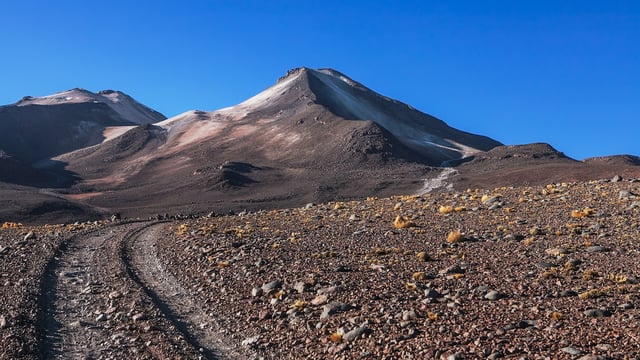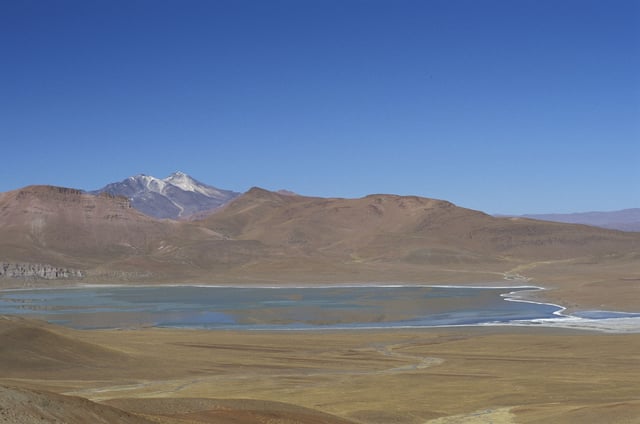Overview
- Uturuncu, a dormant stratovolcano in Bolivia's Andes, last erupted 250,000 years ago but has shown signs of unrest for decades, including gas emissions and micro-earthquakes.
- Since the 1990s, satellite and GPS data have documented a sombrero-shaped deformation pattern, with the summit rising about 1 cm per year while surrounding areas sink.
- A study published in PNAS concludes that the volcano's activity is driven by fluid and gas movement from the Altiplano-Puna Magma Body, reducing the likelihood of an imminent eruption.
- The research integrates seismic, geodetic, and petrophysical data to map subsurface pathways, providing insights into the internal dynamics of dormant volcanoes.
- Study methods are proposed as a framework for evaluating eruption risks at over 1,400 potentially active or dormant volcanoes worldwide, including systems like Yellowstone and Mount St. Helens.



